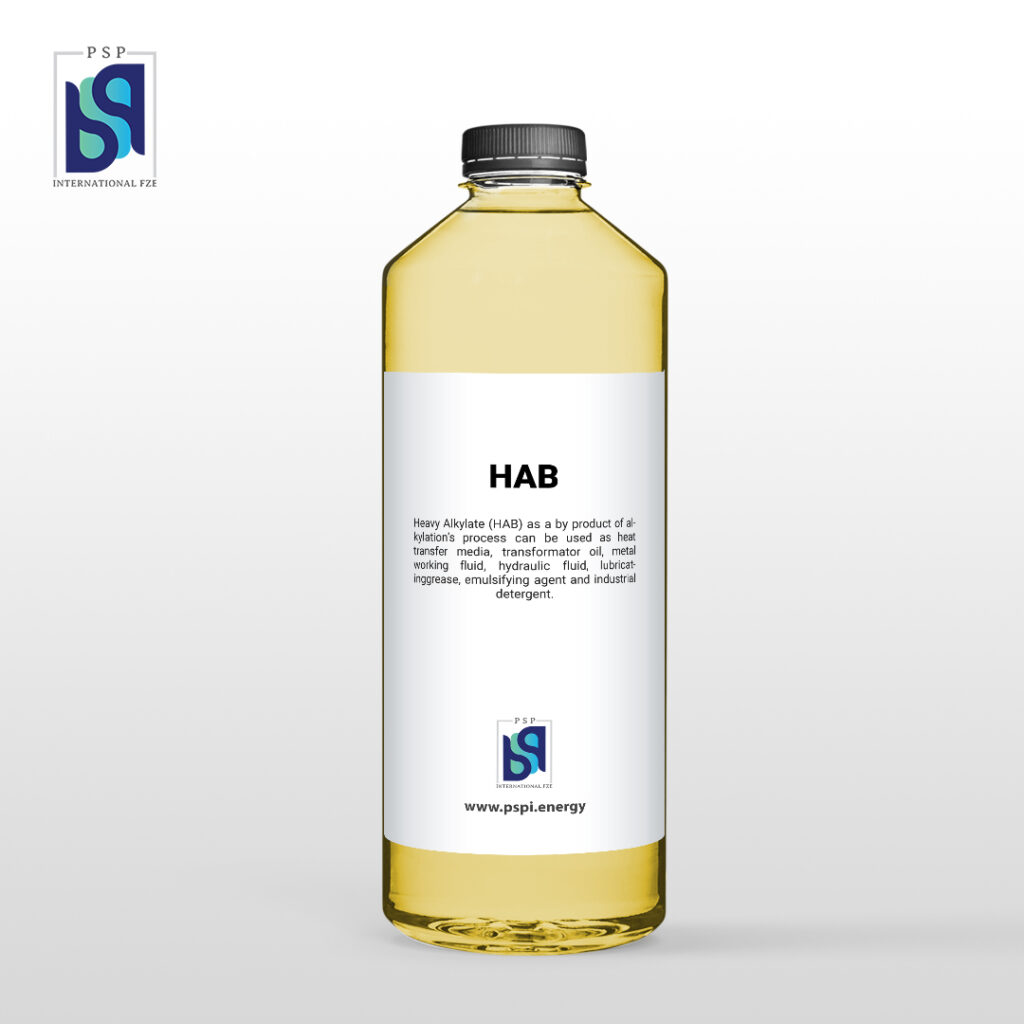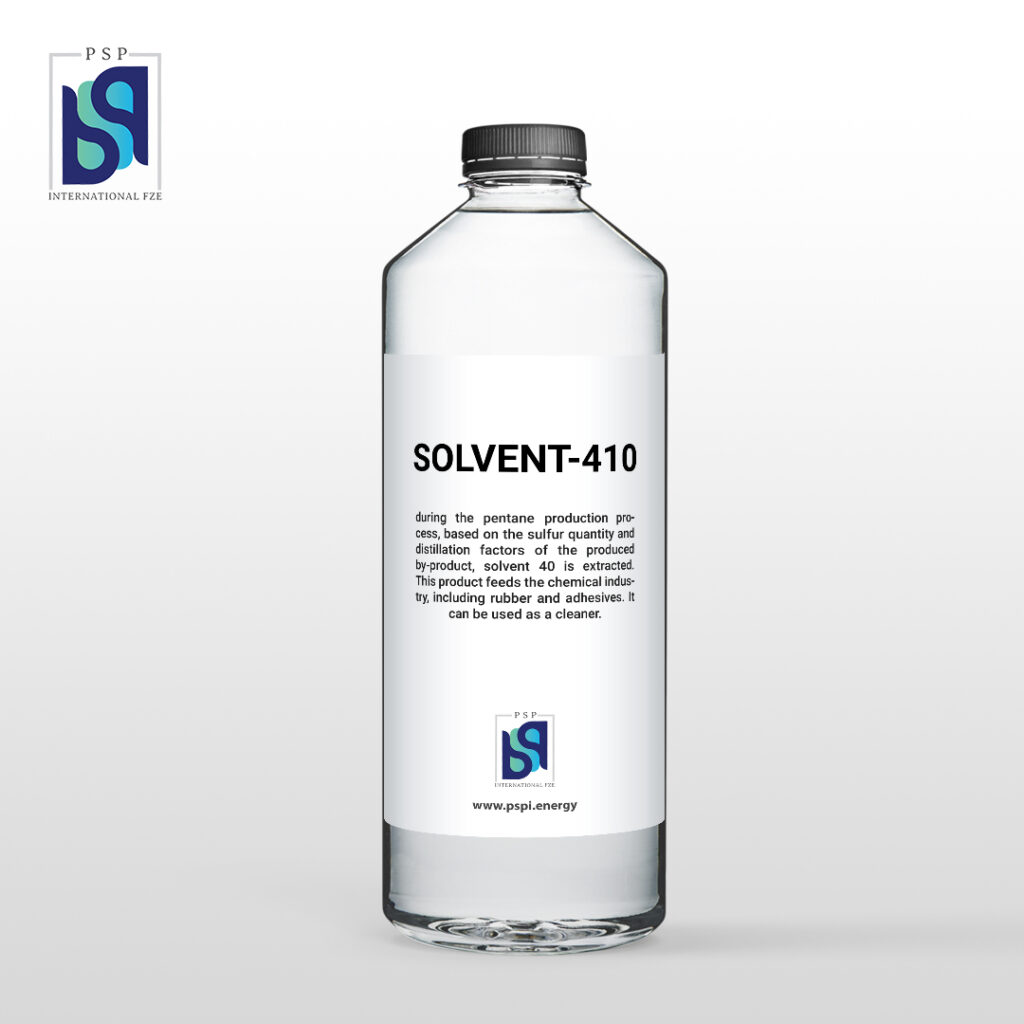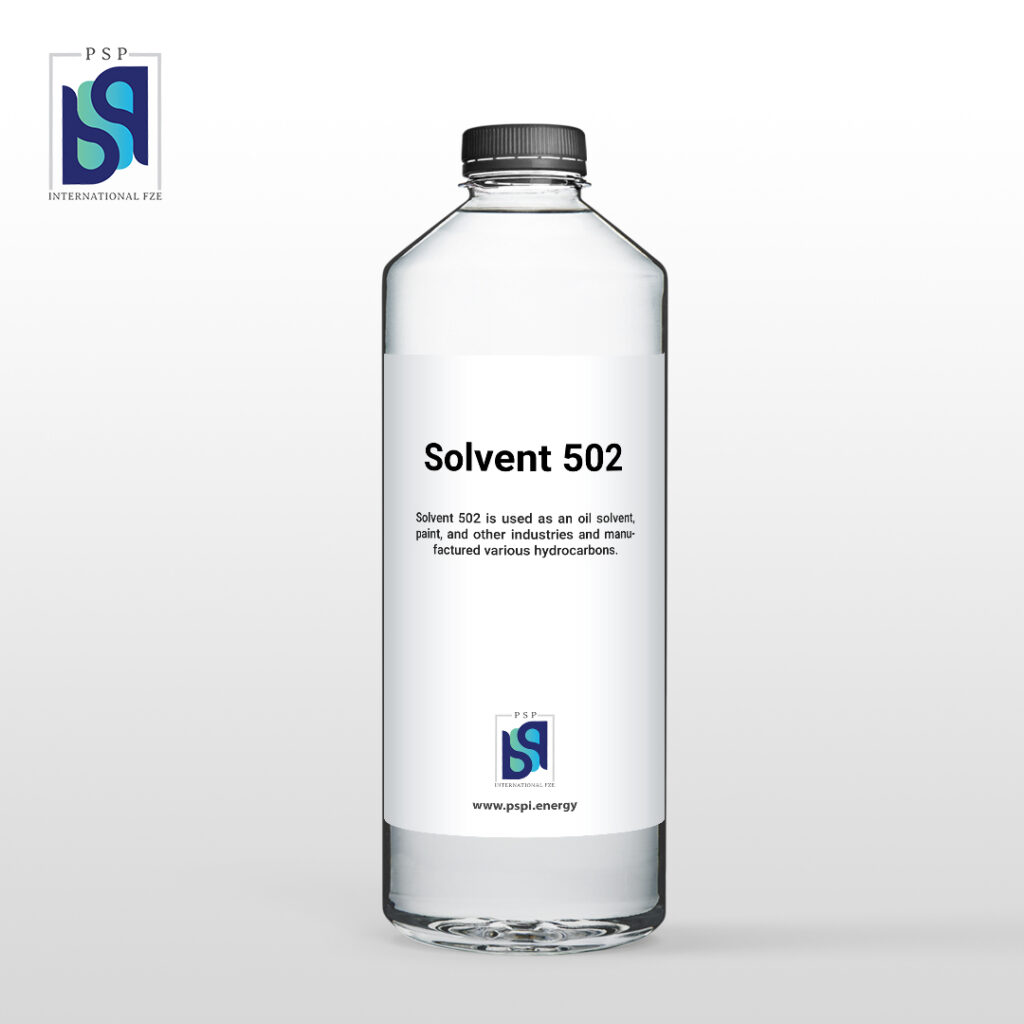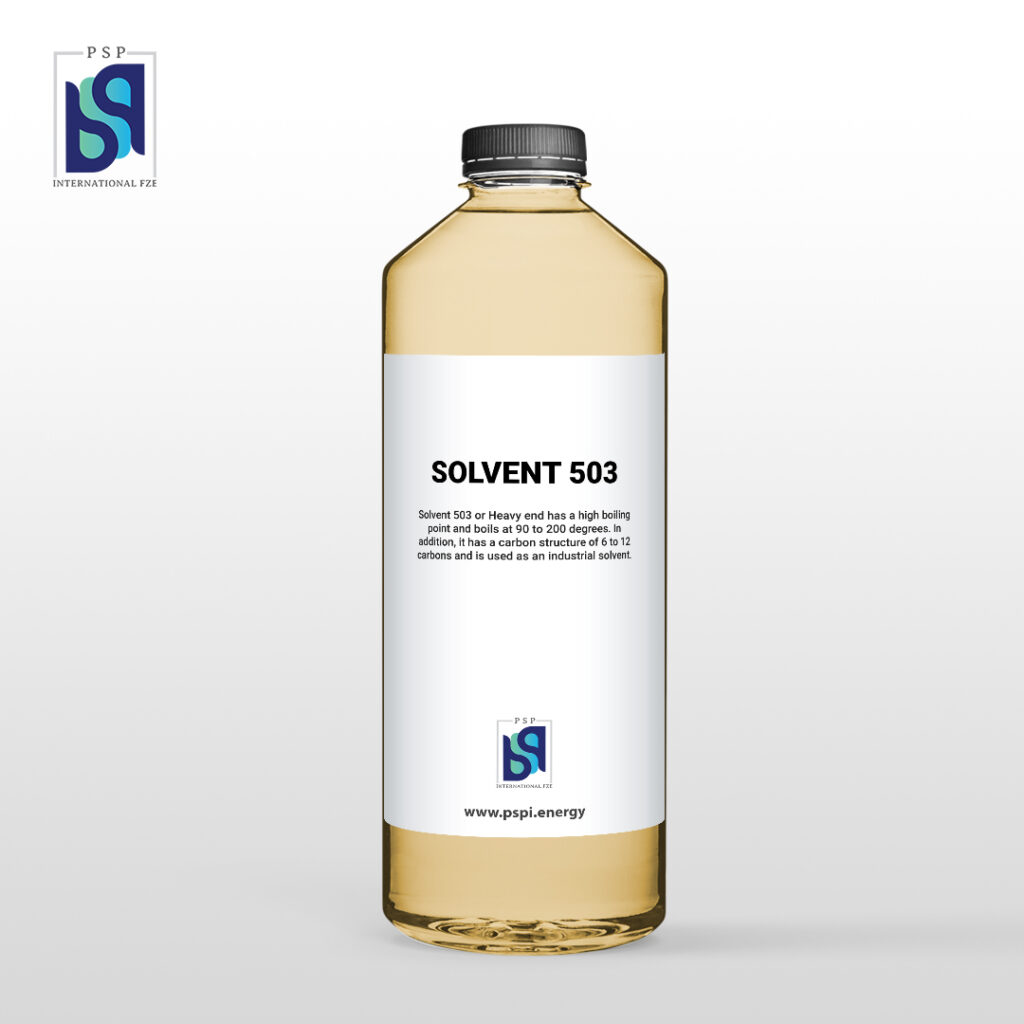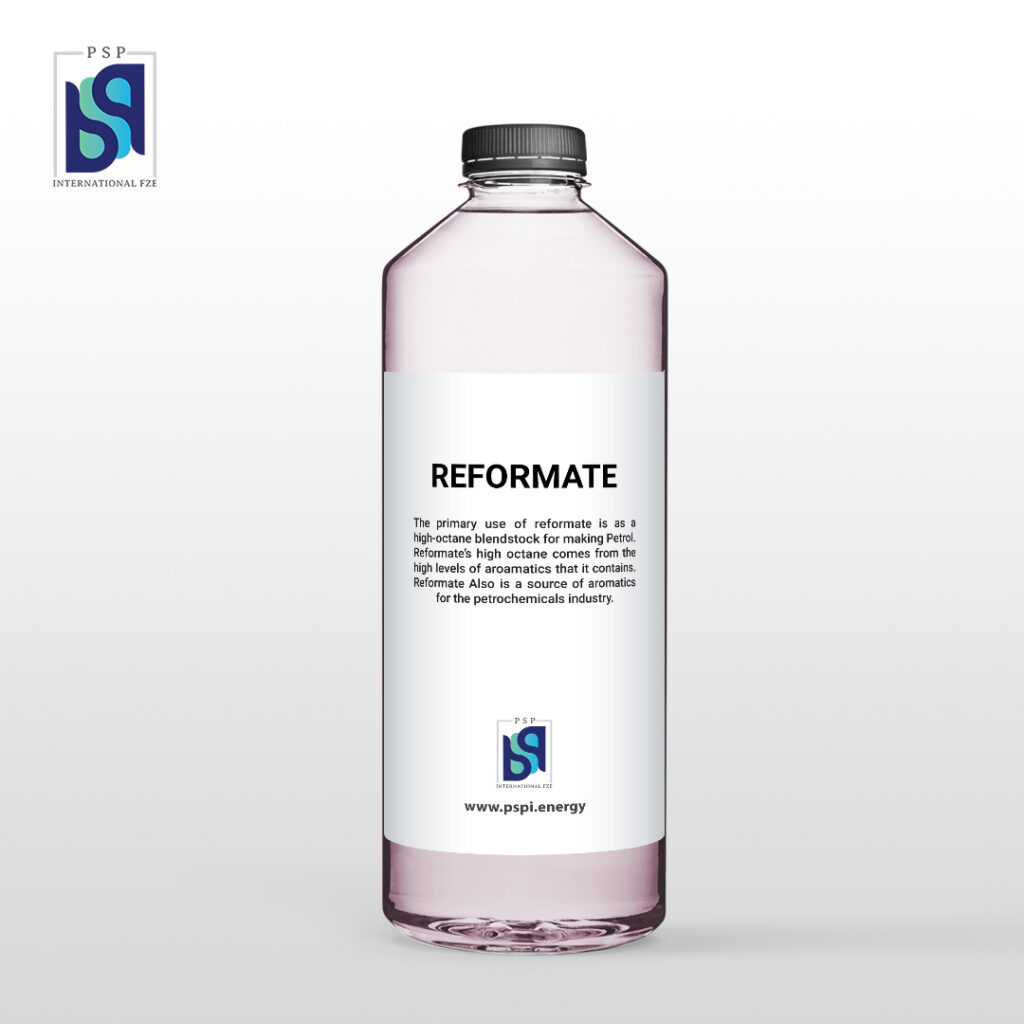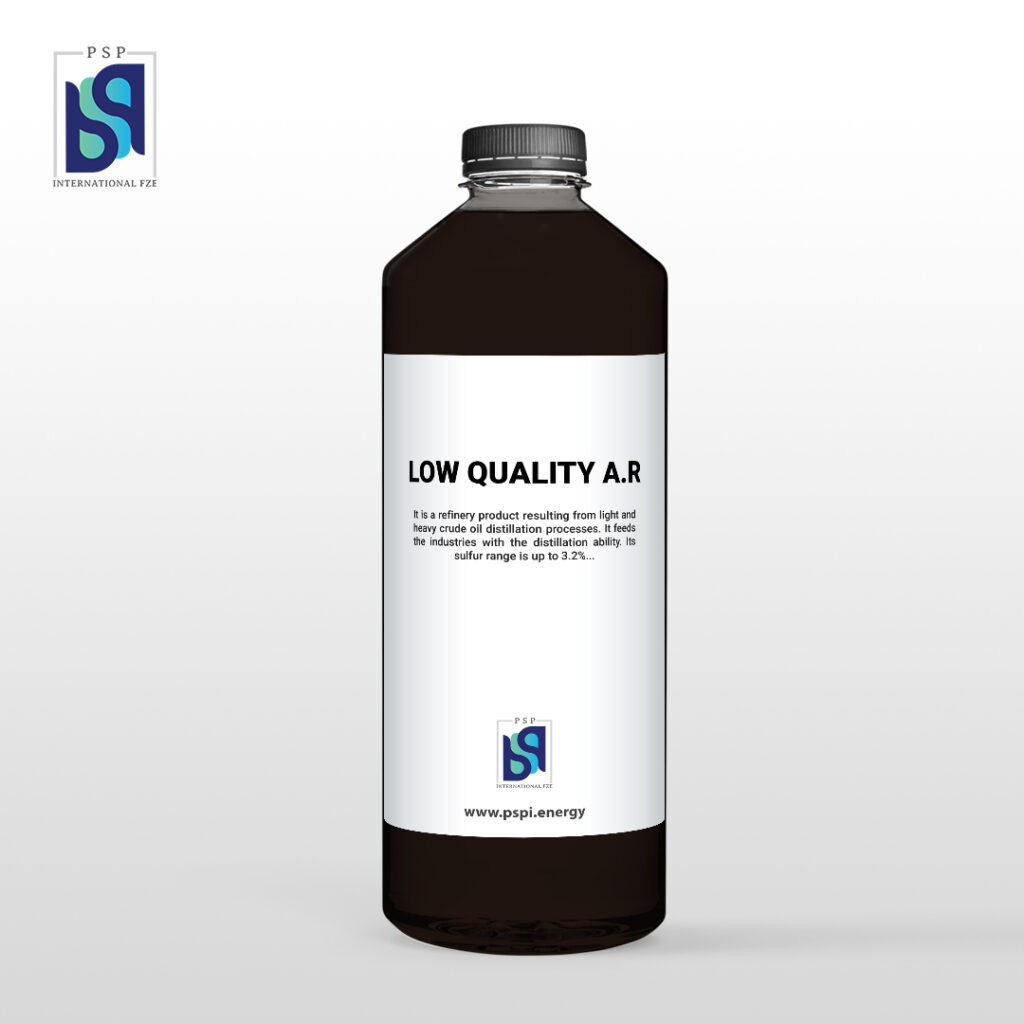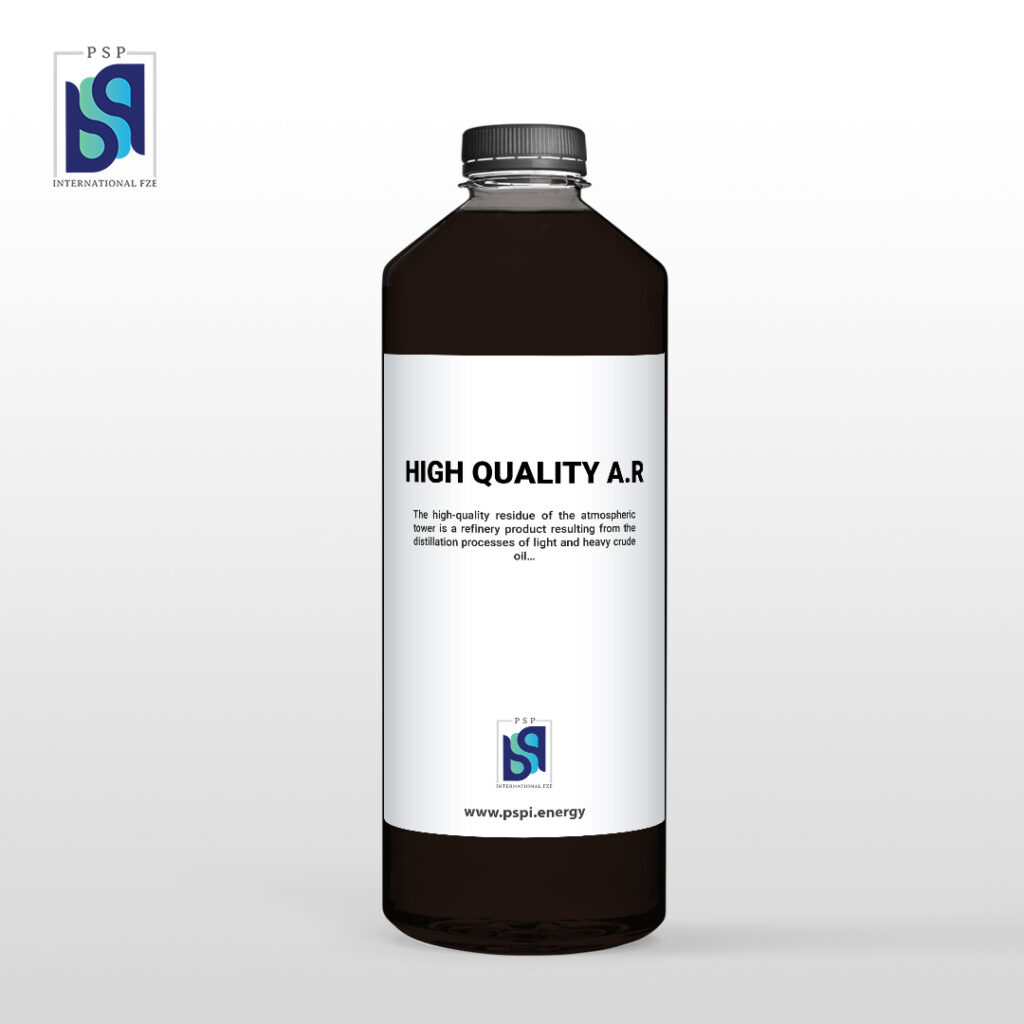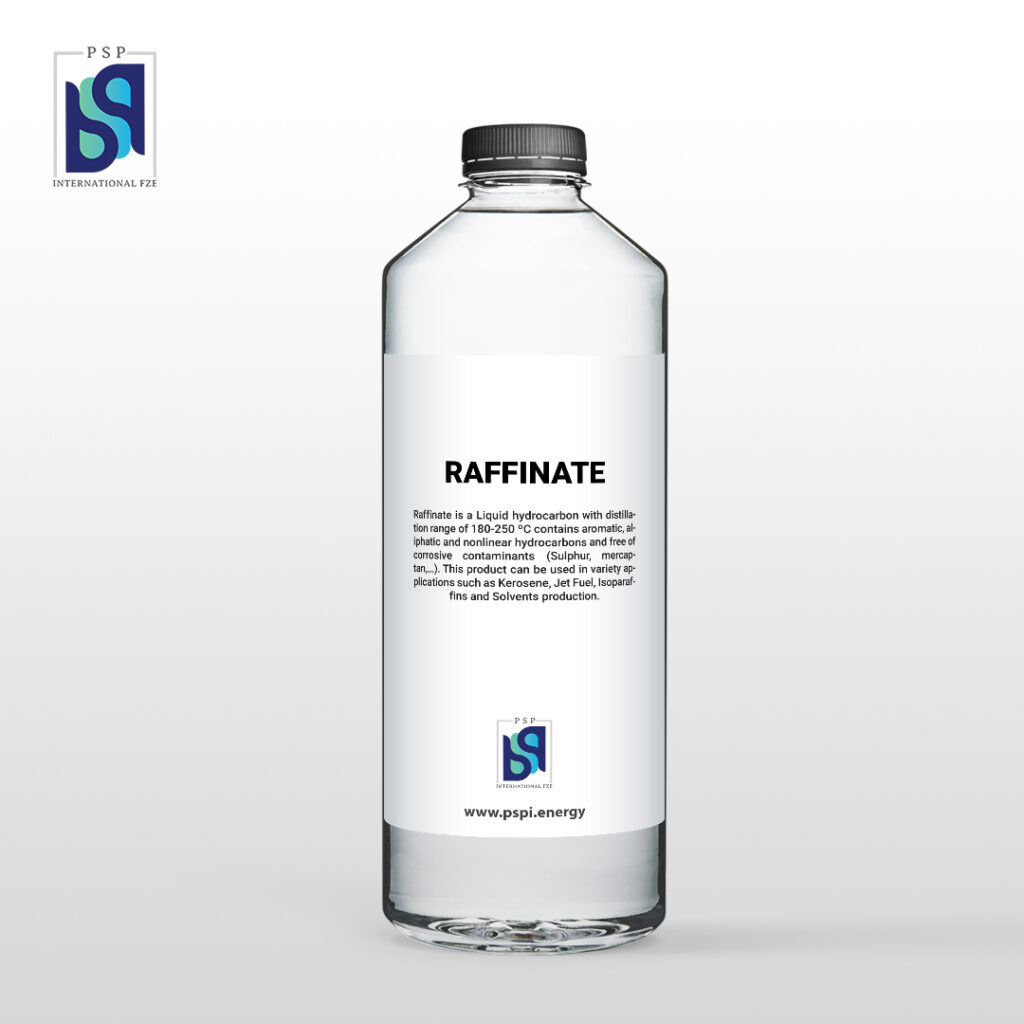PSP PRODUCTS
PP (polypropylene)
Polypropylene (PP), also known as polypropene, is a thermoplastic polymer used in a wide variety of applications. Polypropylene is the second-most widely produced commodity plastic (after polyethylene).
LABSA (Linear Alkyl Benzene Sulphonic Acid)
LABSA is produced by the sulphonation reaction of Linear Alkyl Benzene with Sulphur (SO3). LABSA is one of the major active ingredients for the production of soaps and detergents. Importantly, it forms a greater percentage of raw materials for the production of liquid soaps.
PVC (polyvinylchloride)
Polyvinyl Chloride (known as PVC) is a high strength thermoplastic material widely used in applications, such as pipes, medical devices and wire and cable insulation. It is the world’s third-most widely produced synthetic plastic polymer.
PE (polyethylene)
Polyethylene is the most common plastic in use today. It is a polymer, primarily used for packaging(plastic bags, plastic films, geomembranes, containers including bottles, etc.)
MTBE
Methyl Tertiary Butyl Ether is an organic compound and it is the family of saturated aliphatic ether. It acts as octane enhancer of gasoline and has the advantage of more complete combustion of fuel and as a result, a significant reduction in exhaust emissions of cars. In some cases, as solver of gallstone was used for medical purposes.
KEROSENE BASED PETROLEUM PRODUCTS
LIGHT END (SOLVENT 402)
◦ RAFFINATE
◦ HEAVY END
BUTANE (SIMILAR TO LPG GAS)
Butane, also known as C4, Butane is typically either blended into gasoline or LPG (in small volumes) or sold directly as a finished product. As a commercial finished product, butane is used as a home heating fuel, as cigarette lighter fluid, as a refrigerant gas, and as a propellant, but all of these require in fairly small volumes.
HEAVY NAPHTA
Atmospheric residue is the stuff left over after volatile material is distilled away at atmospheric pressure. It consists of all of the components of crude oil that have boiling points above about 343C. It is most commonly used as a feed for vacuum distillation units. It is also possible to blend with Heavy Fuel Oil as well.
VACUUM RESIDUE
Vacuum resid is the heaviest of the distillation cuts. It is, literally, the bottom of the barrel. If not upgraded, vacuum resid is blended into either residual fuel oil or asphalt. When blended into fuel oil, vac resid is valued less than the fuel oil that it produces, because its high viscosity typically requires that it be blended with some higher value products.
BITUMEN
Bitumen also known as Asphalt is the densest liquid refined product produced by a refinery, but it only stays liquid if stored and transported heated. It becomes a solid if allowed to cool to normal atmospheric temperatures. The major uses for Bitumen are as a binder for road paving and in construction materials such as asphalt roofing shingles.
VACUUM GAS OIL (VGO)
VGO is one of the two outputs of the vacuum distillation tower (along with vacuum resid). VGO is the lighter material of the two. The primary use of VGO is as feed to cracking units such as the FCC or the hydrocracker. These units upgrade VGO into more valuable products, namely gasoline and diesel. VGO is often sub-divided into a lighter and heavier fraction called LVGO and HVGO, respectively.
BASE OILS
Base oils are used to manufacture products including lubricating greases, motor oil and metal processing fluids. Different products require different compositions and properties in the oil. We supply the following grades:
• SN150
• SN350
• SN500
CARBON BLACK
Carbon black is a material produced by the incomplete combustion of heavy petroleum products. It is mainly used as a reinforcing filler in tires, other rubber products, plastics, paints and inks.
PVC (polyvinylchloride)
Light naphtha can refer to either a finished product used as a petrochemical feedstock or a distillation cut commonly called light straight run naphtha. Light naphtha is often blended directly into gasoline.


